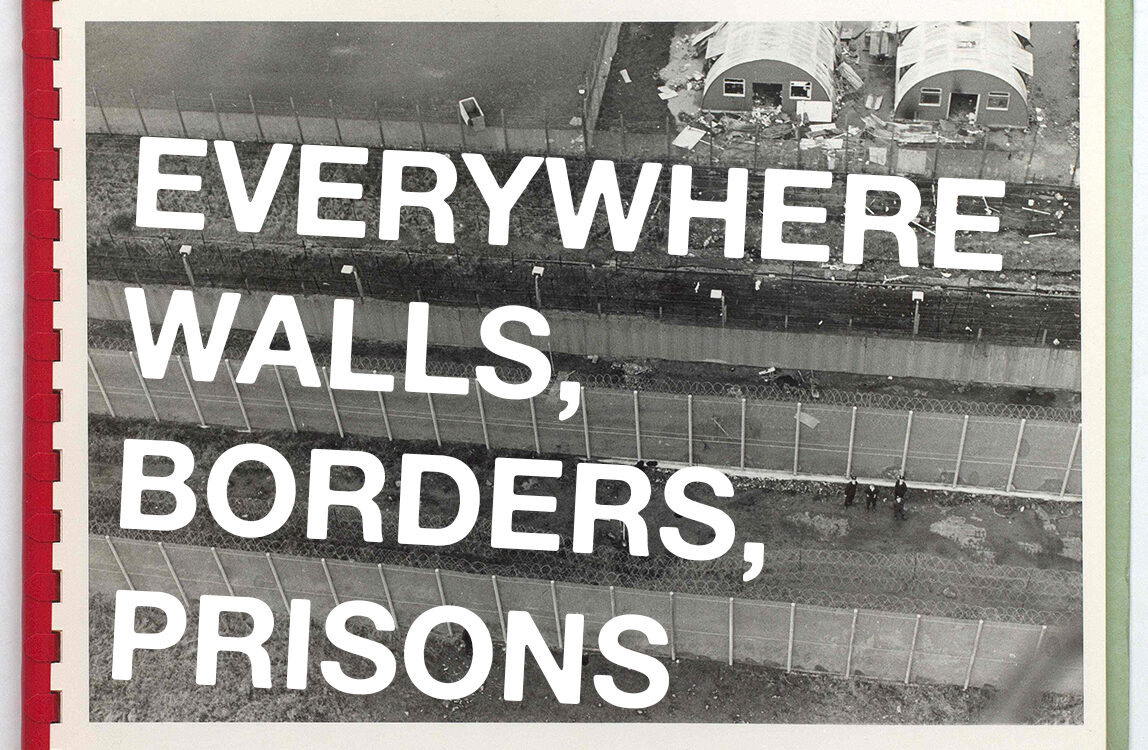A wall snakes through the West Bank, subjugating Palestinian workers to Israel’s permit regime. Rotterdam’s deportation center warehouses migrants before their expulsion. In Los Angeles, draconian sit/lie bans in public space are justified by camps of temporary sheds, containment zones for the unhoused. Through random checkpoints and arbitrary deportation, Turkey’s temporary protection regulations restrict the movement of migrants. In many Arab countries, the kafala migrant labour system segregates workers — whether into 5m² maid’s rooms in Beirut, or into labour camps in Qatar. Meanwhile, several US states are building billion-dollar prisons, precipitating a further expansion of the population defined as criminal. Where policy produces a global peripheral class, architecture enforces its control, segregation, and banishment.
Prisons, detention centres, borders, walls, fences, checkpoints, surveillance and biometrics: everywhere their presence is intensifying as part of an ever-more complex web of enclosures, as states and private industry accelerate a centuries-long project to dominate the world’s productive forces. While offering a modicum of freedom to a privileged few workers in the world’s urban core, this system depends on the presence of a permanently precarious population including the unhoused, the under-documented, and the currently or formerly incarcerated, whose immiseration represents an attempt to keep them from rebelling while keeping others in check. Meanwhile, a class of outsiders — Mad, sick, disabled, and elderly people, as well as drug users, vagrants, and those who refuse to consign themselves to labour — are subject to various forms of erasure. Like any potential threat to capitalist hegemony, these outsiders and those on the very periphery of the labour force must be managed, regulated, tracked, policed, contained, “rehabilitated,” “cured,” caged and warehoused — lest they realise their common interest in challenging a society premised on the extraction of labour.
In this special series, we explore the spatial mechanisms that have facilitated this regime of enclosure and incarceration, from the colonial logics that have taken hold over the past several centuries, to contemporary neoliberal machinations driven by profit extraction and the movement of global finance capital. How do these carceral spaces, checkpoints, and restrictions on movement follow changes in policy, and how are their sites chosen? How are members of the global periphery revolting against these spatial controls? When surplus populations are institutionalised for ‘cure’ or ‘rehabilitation,’ who profits?
We’re especially interested in understanding this process globally: How does architecture marginalise the unproductive inside the imperialist core, and on its periphery? How do nations in the Global South enact spatial controls? How does the militarism of Western nations manifest internally and externally? By looking at cages, walls, and checkpoints – as well as the efforts to break them – we seek to link together the many ways in which the built environment facilitates the production of the global periphery. We invite a range of formats, from essays to interviews, reviews, short stories, and collaborations with our editors on podcasts and videos.
Deadline for pitches: November 20th, 2024. Please follow the pitching guidelines on our “Contribute” page.
For special series articles we are able to provide a fee of €150, all thanks to the generous donations of supporters who make sure Failed Architecture can stay independent.
Images taken from the Royal Ulster Constabulary archive’s collection of photos documenting the escape attempted at HM Prison Maze in Northern Ireland on November 6th, 1974.
